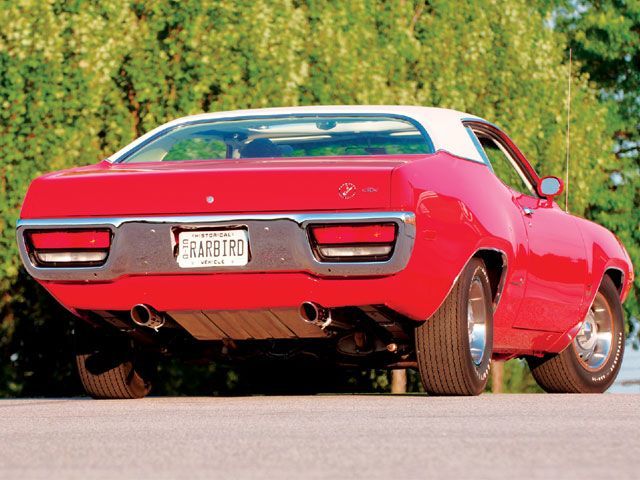1972
I was lucky enough to see both these 'Limited Production' cars perform in 1972.
In 1972 NHRA 'Pure/Stock' {No Headers and No Slicks} and must be 'Street Driven'
I saw a 72' Road Runner/GTX 4-Speed with a 440 'Air Grabber' run in B/Stock {10.00 - 10.99 Wt/HP}.
It ran a respectable 13.85's @ 102 MPH, and held it's own running for Class Trophy.
Not sure of the Gears in the Dana, but they were probably 4.10's. And the Mopar 440's
still had a good Exhaust System.
Though the 'bulky looking' B-Body lumbered a bit coming off the line with the
Low-Compression 440, it did pull fairly well at Mid-Track and had a good Top-End
for a Pure Stocker.

I was lucky enough to see both these 'Limited Production' cars perform in 1972.
In 1972 NHRA 'Pure/Stock' {No Headers and No Slicks} and must be 'Street Driven'
I saw a 72' Road Runner/GTX 4-Speed with a 440 'Air Grabber' run in B/Stock {10.00 - 10.99 Wt/HP}.
It ran a respectable 13.85's @ 102 MPH, and held it's own running for Class Trophy.
Not sure of the Gears in the Dana, but they were probably 4.10's. And the Mopar 440's
still had a good Exhaust System.
Though the 'bulky looking' B-Body lumbered a bit coming off the line with the
Low-Compression 440, it did pull fairly well at Mid-Track and had a good Top-End
for a Pure Stocker.




















